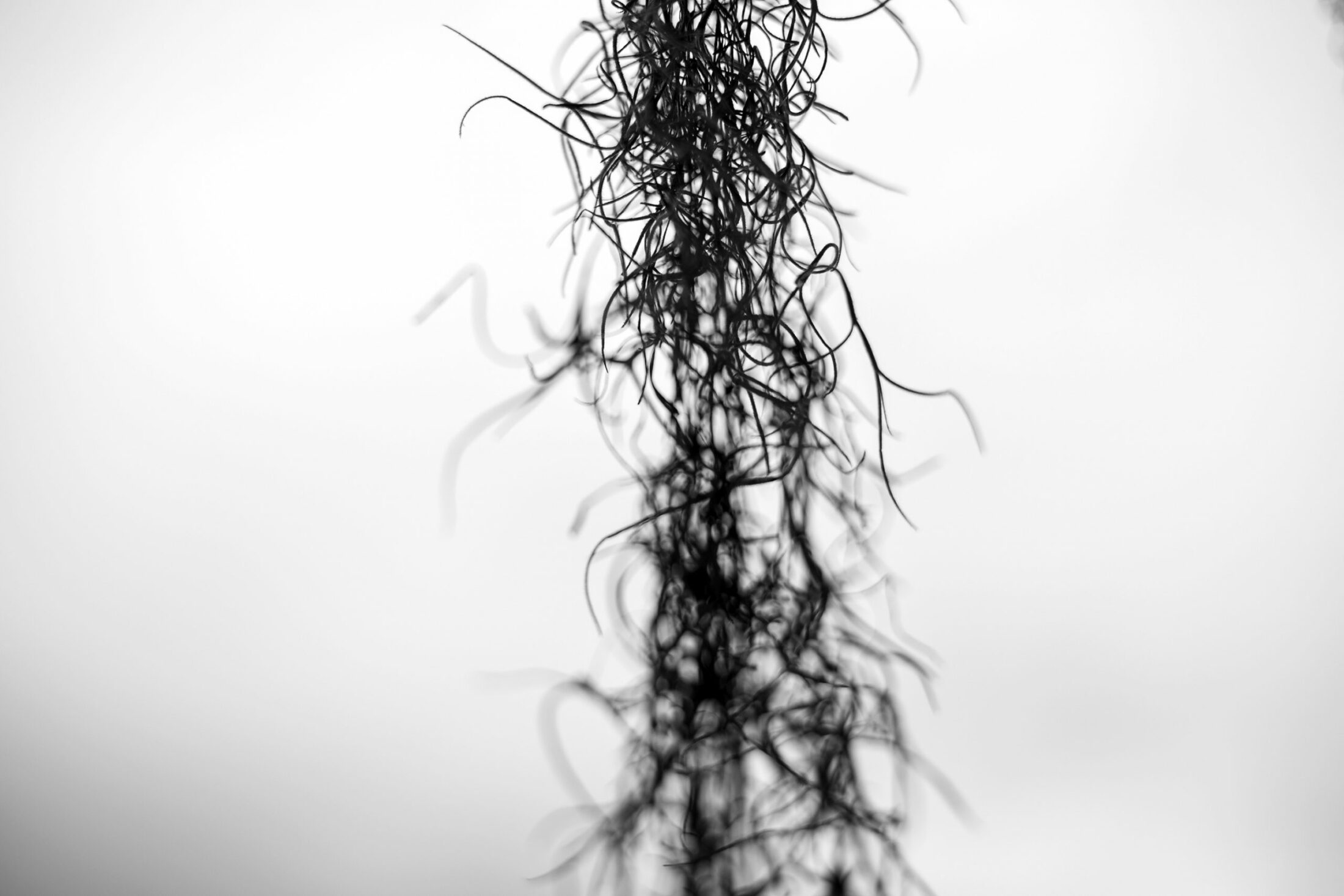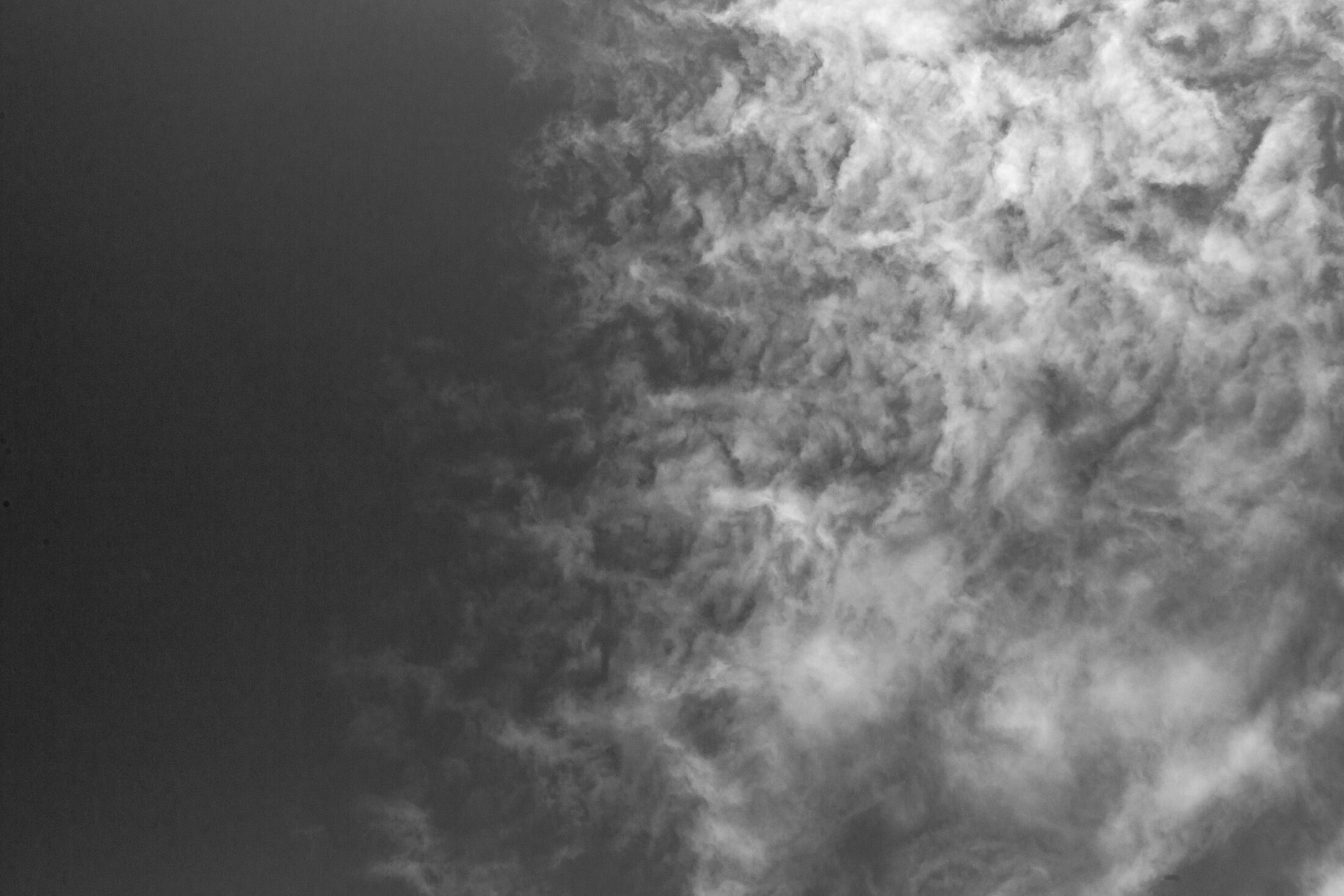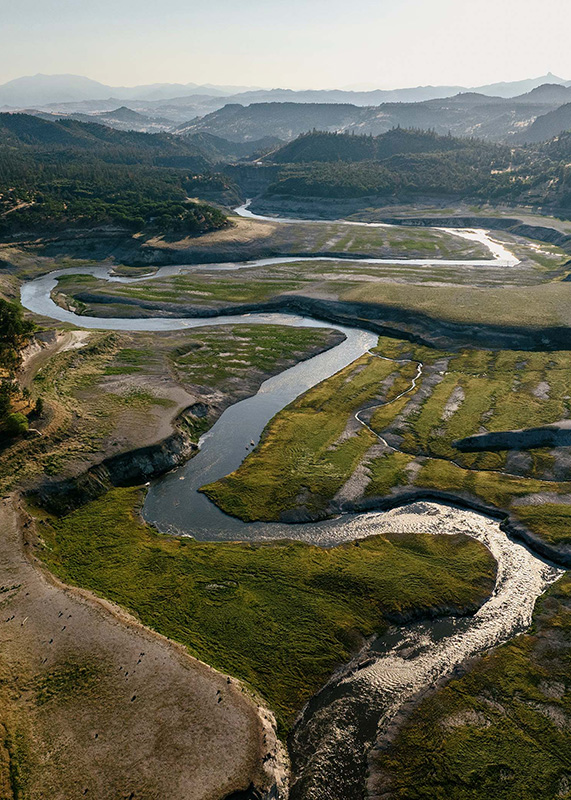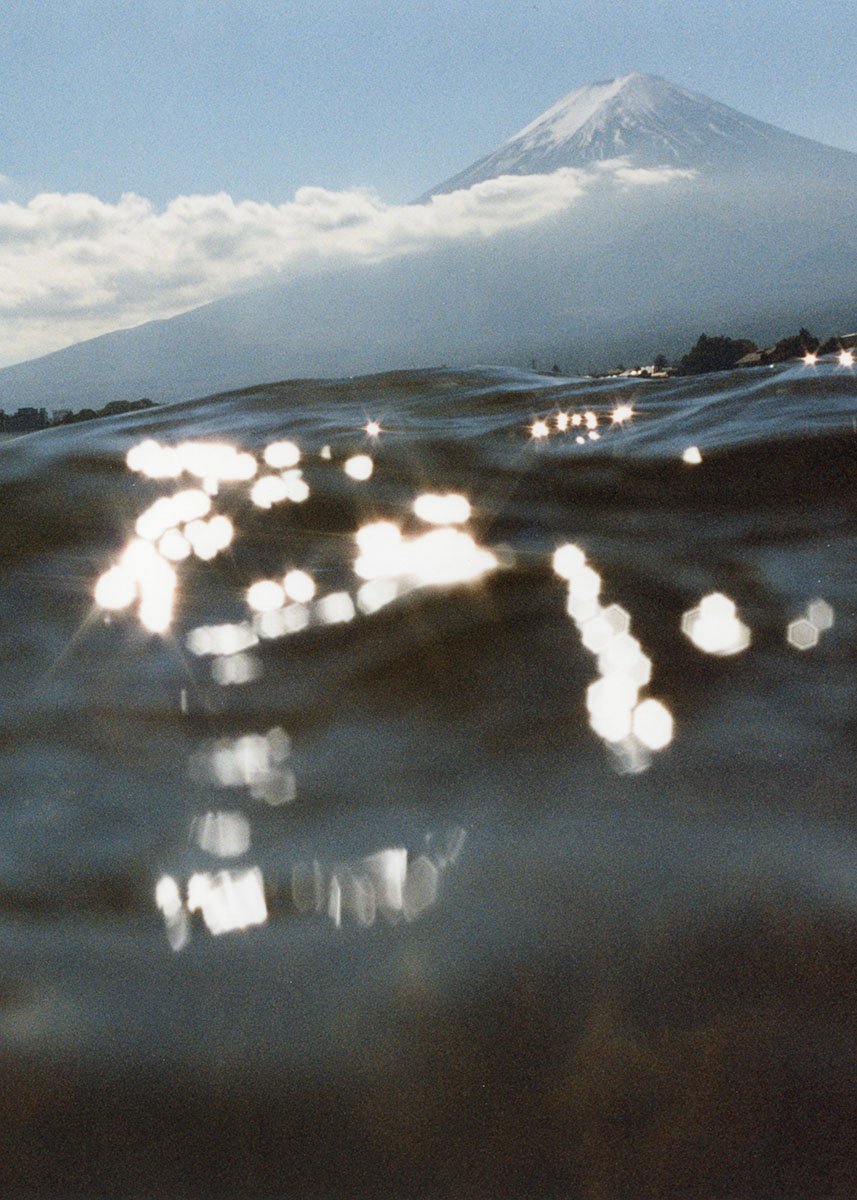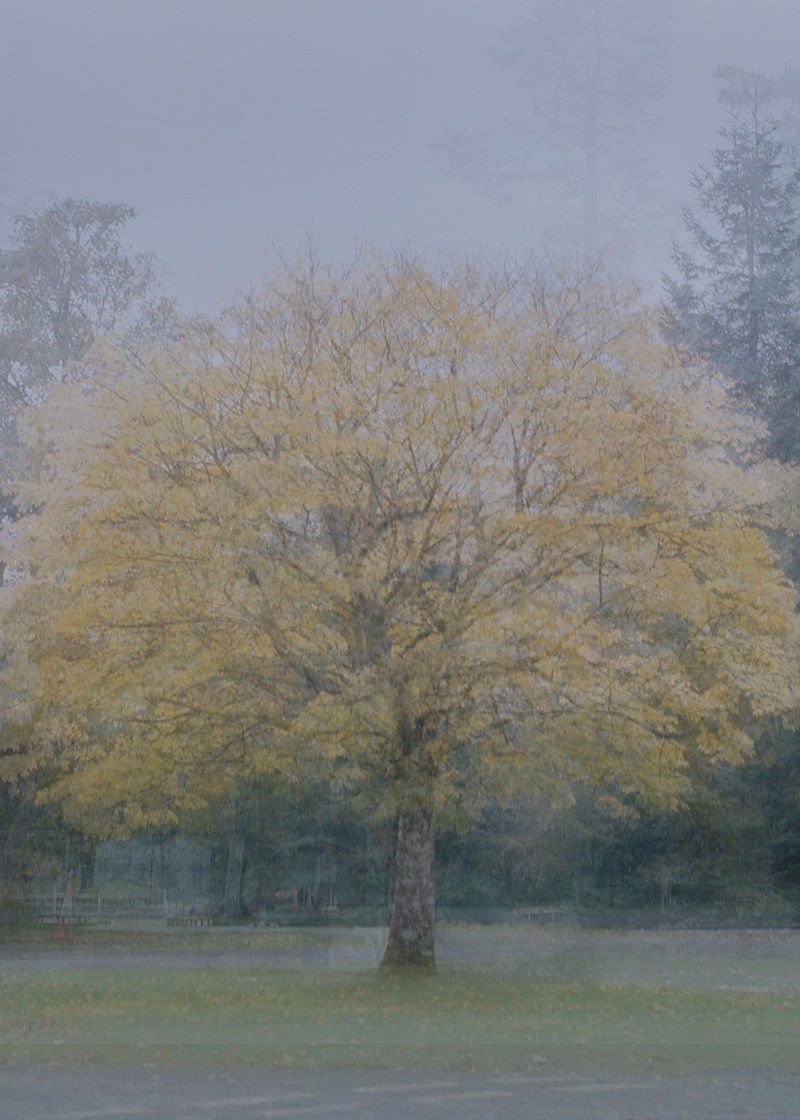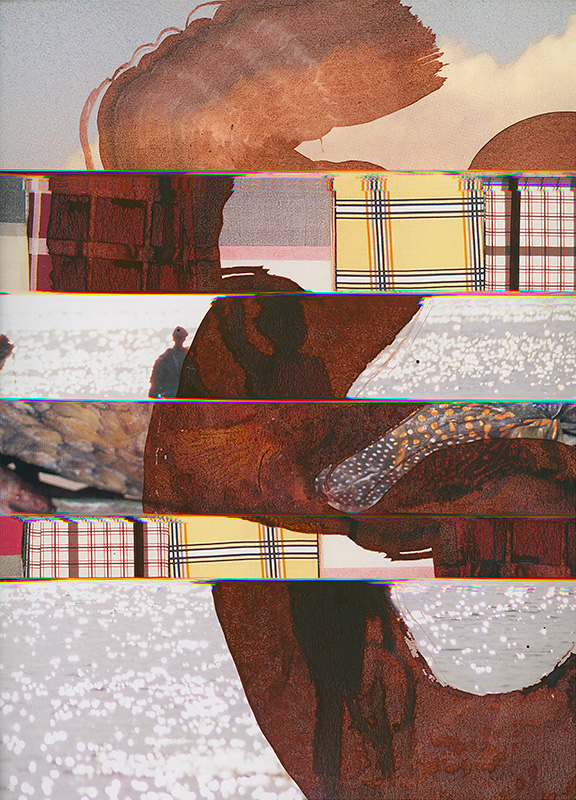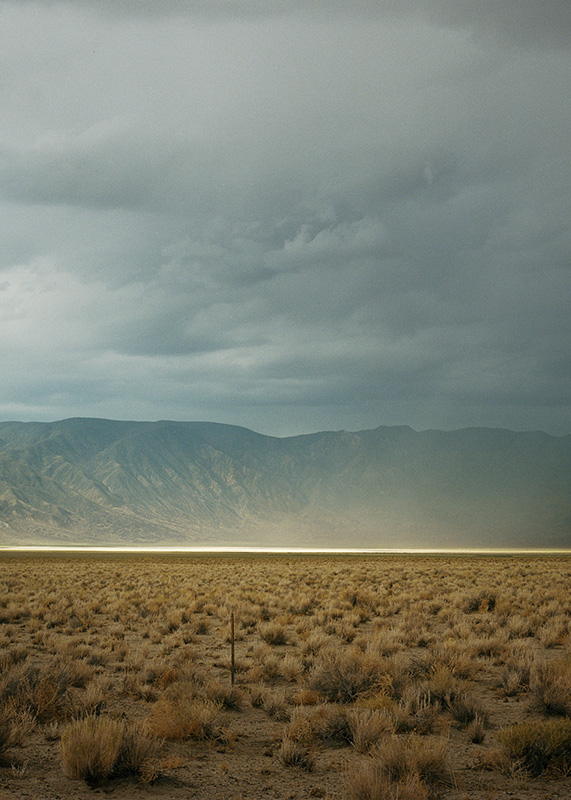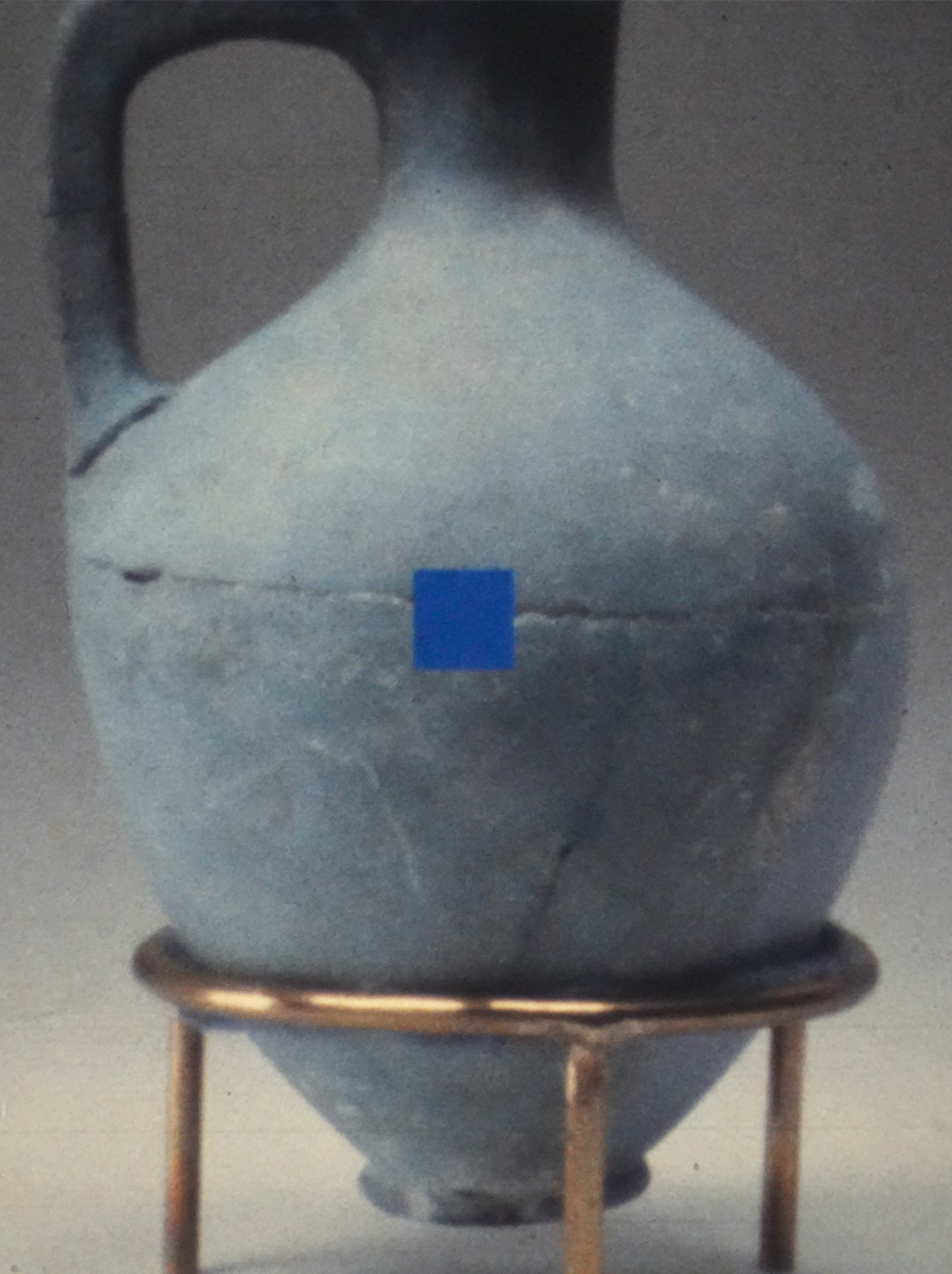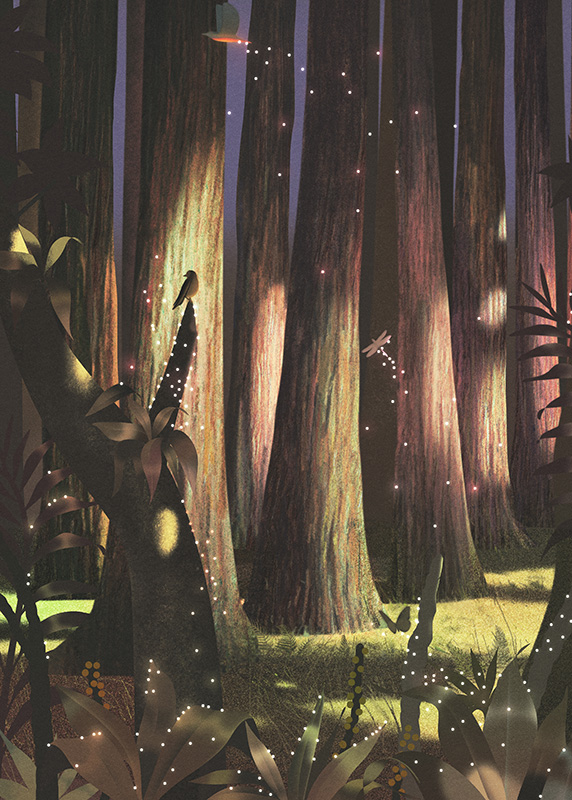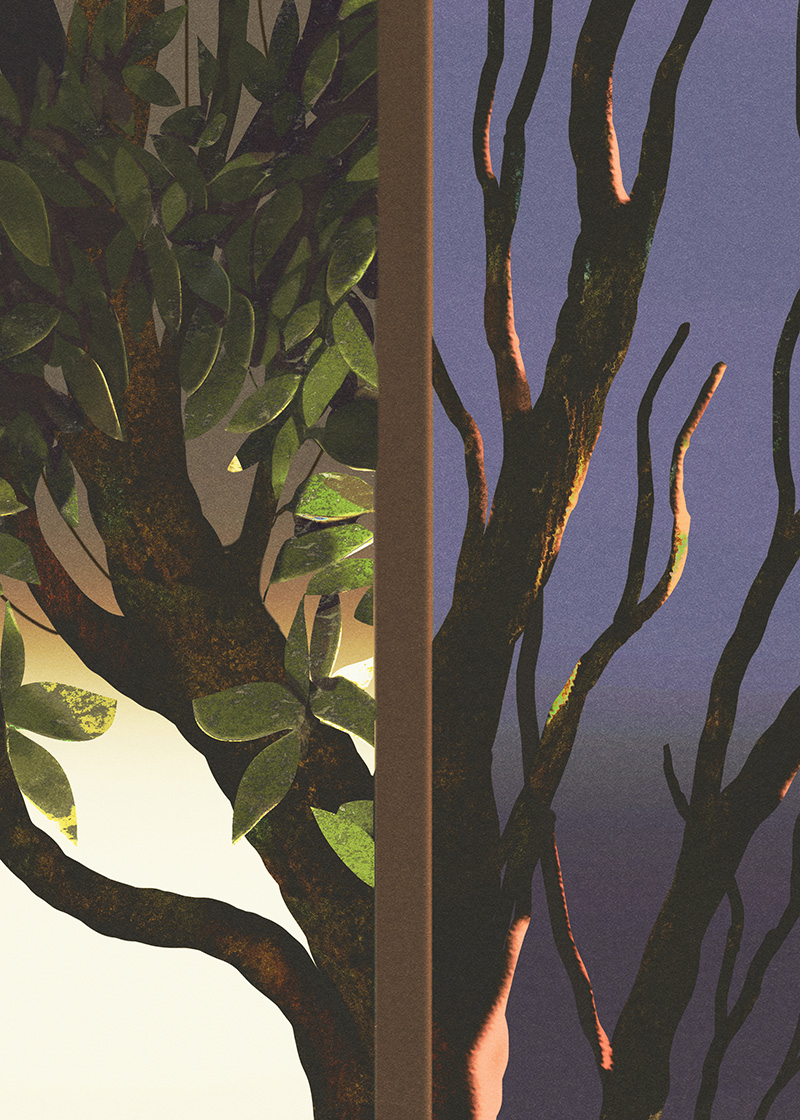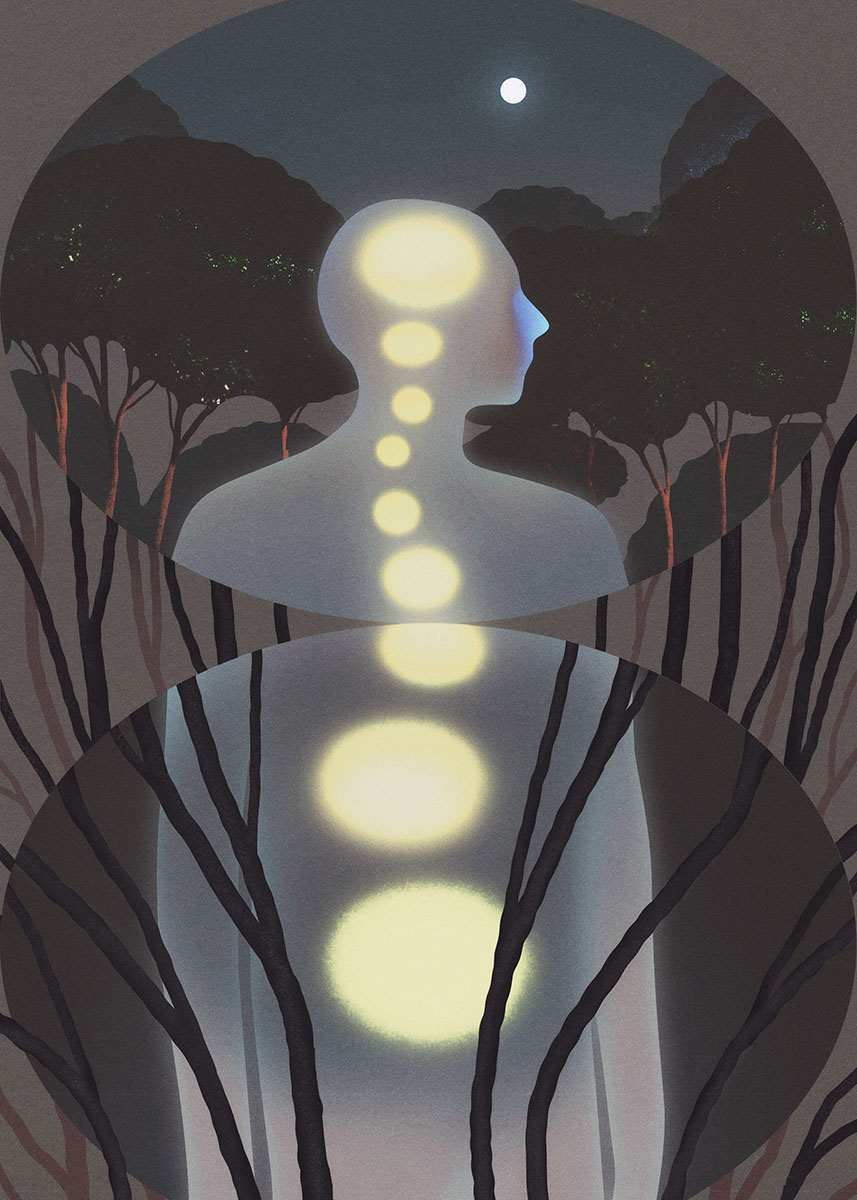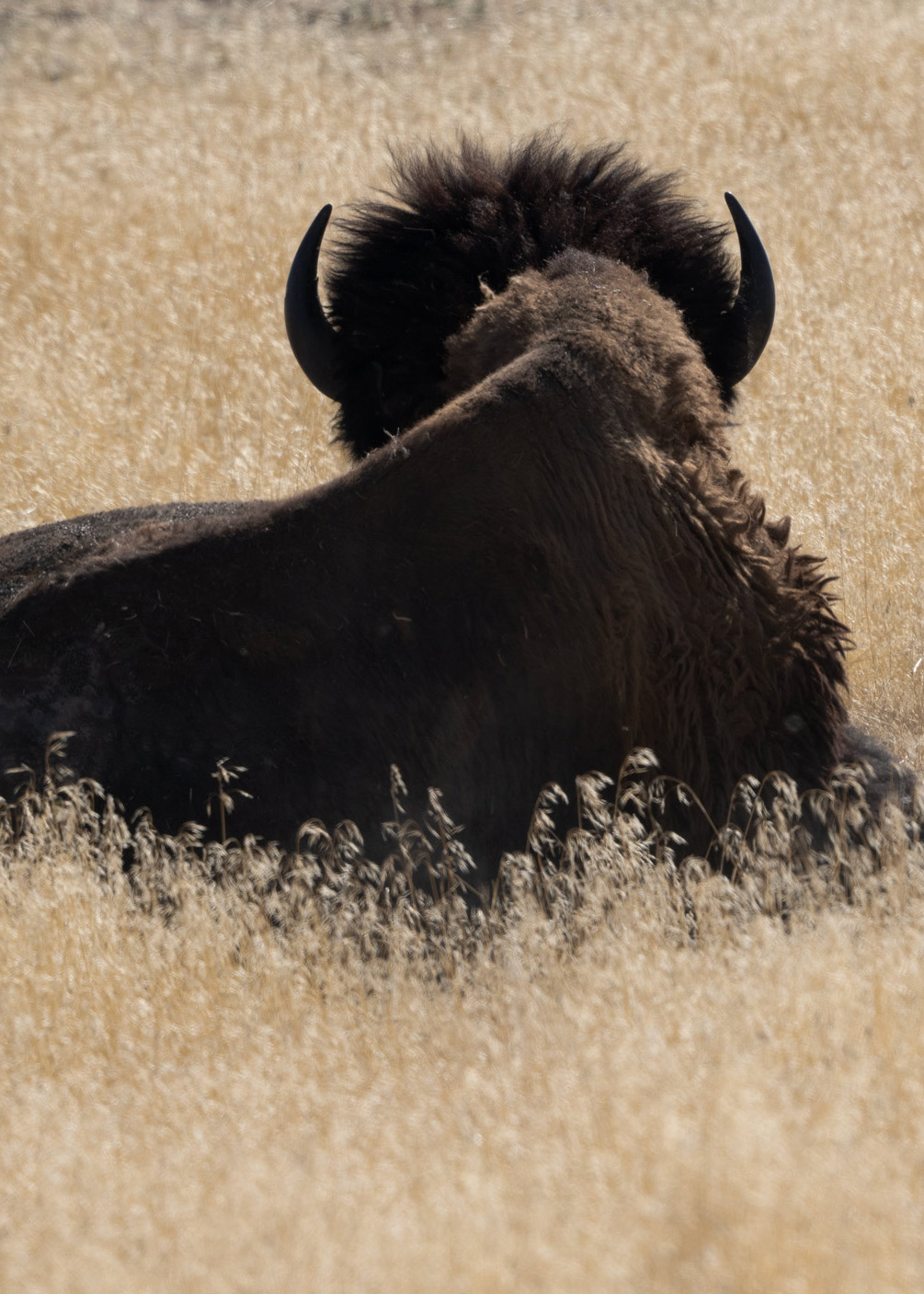
Boyce Upholt is a freelance writer. He is the recipient of the 2019 Award for Investigative Journalism from the James Beard Foundation and was named a 2016 “Writer of the Year” by the International Regional Magazine Association. His work has appeared in Mother Jones, The New Republic, The Atlantic, TIME, The Oxford American, and The Believer, and has been included as a “notable” selection in the Best American Science & Nature Writing series. He is currently working on a book about the Mississippi River.
L. Kasimu Harris uses photography and other mediums to tell stories of underrepresented communities in New Orleans and beyond. His War on the Benighted series was part of a group exhibition at the New Orleans Museum of Art, and his feature articles have been published in The New York Times and selected for the book Best Food Writing 2016.
As a chemical plant in St. James Parish, Louisiana, threatens a majority Black community with toxic emissions, Boyce Upholt looks deeply at the nature of air and considers how it can challenge the often white ideal of the wild as a place of escape.
Wild air, world-mothering air,
Nestling me everywhere
— Gerard Manley Hopkins, “The Blessed Virgin Compared to the Air We Breathe”
Unable to breathe though we were, we blew
— Nathaniel Mackey, “The Overghost Ourkestra’s Next”
I. A Natural History
First, a chemical breakdown: The air you breathe consists almost entirely of nitrogen and oxygen—78 percent and 21 percent, respectively, by volume. The third most common material is argon, a colorless and odorless and notably inert gas that makes up most of the remaining 1 percent.
These numbers leave out water vapor, which, evaporating and then condensing, remains always in flux, its specific concentration variable from place to place across the planet but reaching sometimes as high as 4 percent. Then there is a spattering of other, rarer materials: xenon and helium and hydrogen and methane. And, of course, carbon dioxide, which has always been there and today makes up less than 1 percent of 1 percent of the air—far less than in previous eons, though far more than we may be able to stand.
It’s easy to call this the atmosphere. But to truly appreciate this collection of gases, you have to understand that it is not the only air. There are other atmospheres on other planets; there were even, once, different atmospheres here on Earth. The first was conjured out of the swirling disk of dust and gas that preceded and became the solar system—a haze of hydrogen wrapped around the growing Earth, captured and held in place by gravity.
A collection of gases, pulled directly from the solar nebula, is called a primary atmosphere; such skies persist on Saturn and Jupiter. On Earth, it could not last. At some point, in the violent construction of the planet—our homeland was built by giant space rocks crashing together over a few hundred million years, assembling an ever-larger orb—the hydrogen grew superheated, picking up so much speed that it escaped our gravity and launched into space. No trace of this first atmosphere remains.
Today’s air came, instead, out of the earth itself: gases trapped beneath its surface were released in volcanic eruptions. Though, these gases did not arrive into an empty void. Amid the many Earth-making collisions, some meteors and protoplanets vaporized entirely, and the resulting gases were captured by the gravitational pull of a still-growing planet.
Determining the composition of our “secondary atmosphere” in its earliest days requires blowing up rocks in laboratories so that we can see what kinds of gases might have been produced by ancient meteorites slamming together. The rough answer: nitrogen and ammonia, water vapor, and terrifying quantities of carbon dioxide and methane. As far as humans are concerned, this would be a toxic combination. Back then, though, the sun was new and still faint. A thick blanket of greenhouse gases may have provided just enough heat to allow the first sparks of life.
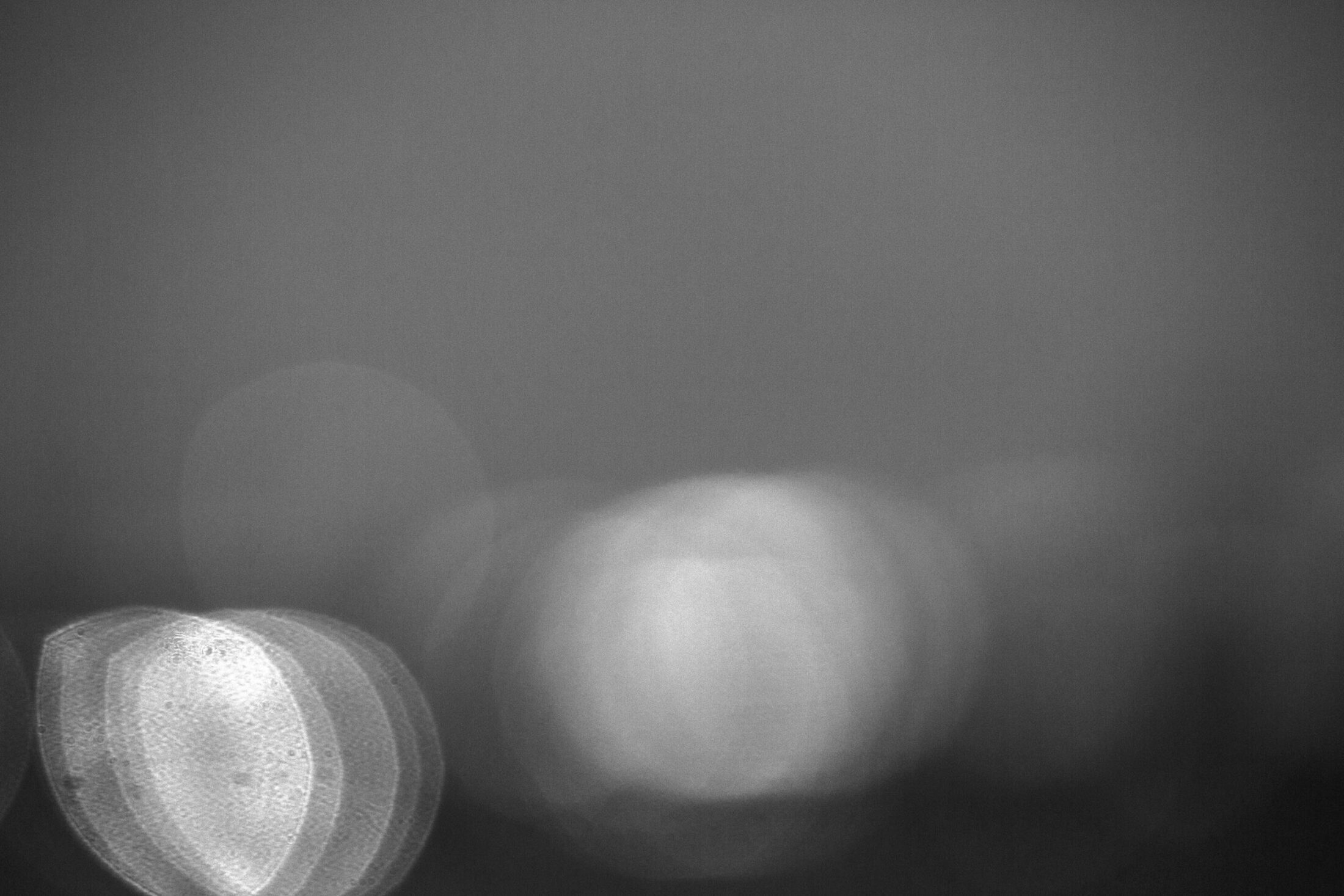
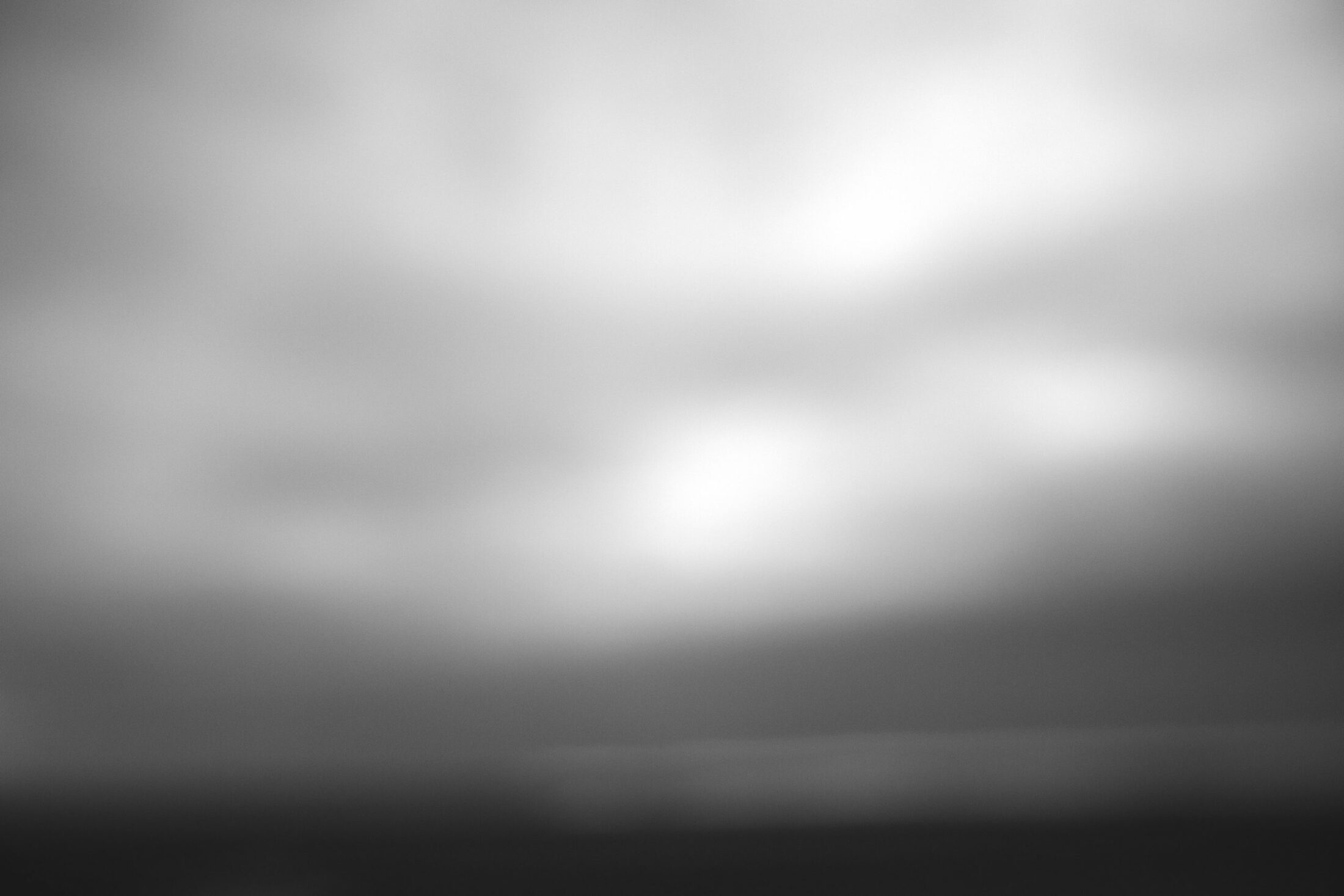
II. A Personal History
There are people, I guess, who regularly regard the air—cloud watchers lying on their backs in the grass, contemplating the meaning of a breeze. I come from a different tradition of nature watching. What I have always wanted is contact. “The solid earth!” as Henry David Thoreau once put it, standing atop a barren mountain. “[T]he actual world!” The material things, the rocks and soils: the dust from which life emerged, to which we will return.
Until recently, the closest I’d come to contemplating the sky was a five-week commitment to sunrise. A few years ago—after the death of my father, after a dismaying US election, amid the final fraying of a six-year relationship—I canoed a thousand miles down the Mississippi River, camping on islands and sandbars. I wanted to be in a landscape that made me feel small, that showed me something bigger. I made it a point to rise before dawn each morning so that I could watch the sky shift from the gray scale of morning twilight to gentle oranges and pinks, until these were overtaken by the spreading blue.
But what was a sunrise? What produced such pastel magic? These were questions I could not answer—questions I did not even think to contemplate.
I am writing a book about the river now, and so I join a lineage of wanderers, men mostly, who have forged into empty landscapes in search of meaning. The “lone enraptured males,” as the poet Kathleen Jamie calls us, a gently chiding phrase that points to a darker history. John Muir, the patron saint of American wilderness, was a casual racist, happy to rid Yosemite of its Indigenous people. In the 1970s the Sierra Club, co-founded by Muir, polled its members and found that very few wanted the organization to “concern itself with the conservation problems of such special groups as the urban poor and ethnic minorities.”
I find peace out there, in spaces where humanity is no longer visible. Places where sheer cliffs and fast rivers make death seem possible. I like to think that I find wisdom there too. Lately, though, the whole wilderness idea has started to feel more than a bit misanthropic. What good is running away when doomsday feels so close?
Recently, headlines here in New Orleans blamed the hazy sunsets on plumes of desert dust, carried across the ocean from Africa. “Some say the world will end in fire, / Some say in ice,” Robert Frost once wrote. It struck me that, one way or another, the apocalypse would arrive upon the air. If not from too much carbon holding too much heat, then from bursts of virus carried on invisible breath.
The air, too, is a wilderness. What is up there? How did it arrive? I had no idea, really, but it seemed like the time to find out.
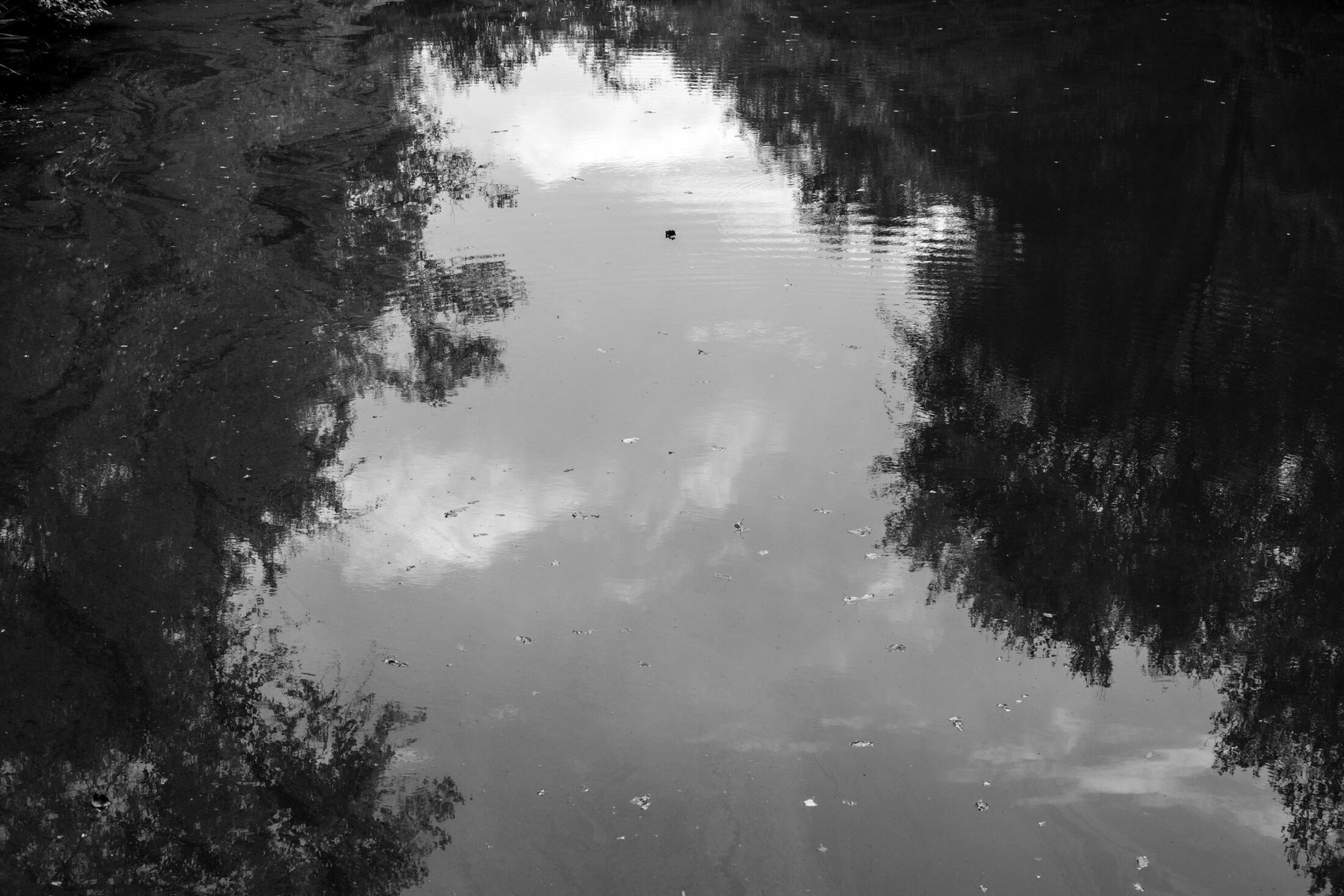
III. A Natural History, Continued
One clear lesson of the sky’s long history: little remains itself for long. Carbon dioxide will bounce against rock and react with water and, in so doing, bind itself to the surface of Earth. Water vapor will turn to rain, which runs into the seas, carrying carbon-rich dirt. This carbon will settle on the ocean floor, and as tectonic plates shift and jostle, some of it will be tucked into the mantle once more. This is how slowly, slowly, the overabundance of greenhouse gases dwindled into a more manageable sort of air.
Life helped too. Carbon’s atoms are easily chained together, and these chains can be expanded or truncated, and ornamented with other elements, yielding an infinite set of designs. Carbon, in other words, is a perfect building block, a fundamental component of all forms of life that we know. And the carbon in our bodies—in all bodies—is sourced from the sky: photosynthesis creates sugars from free-floating carbon dioxide, which become the source of carbon for fats and amino acids, for all organic compounds. This process helped scrub carbon from the atmosphere. Once carbon entered the world’s first bodies, just single cells, some of these, too, were carried by the flowing water and deposited on ocean floors, dragging even more carbon into the bowels of Earth.
So life subtracted carbon from the atmosphere, but it also added something new: oxygen, spit out as waste in the process of photosynthesis. Oxygen changed everything. Life before oxygen was hard and slow, as the world’s chemical fuels were not very powerful. Oxygen, however, is incredibly willing to give up its electrons, which makes it a kind of nuclear cellular fuel, capable of powering great evolutionary leaps. Cells began to coordinate, eventually merging into single creatures. Species developed into complementary pairs, allowing for sexual reproduction.
The key innovation was respiration, which uses oxygen’s energy to break apart nutrients, such as sugar. You can’t have an ecosystem—a food chain—without respiration. It is what allows some species to be consumers, living off the nutrients made by photosynthesizers or, eventually, off other, smaller consumers. The sky-sourced carbon is passed from body to body to body.
There is one problem with oxygen, though: its great potential makes it hard to keep around. As soon as oxygen appears, some life-form wants its energy. Photosynthesis adds oxygen to the atmosphere. Respiration takes it away. Photosynthesis swallows up one bit of carbon dioxide and turns it into the carbon in our bodies. Respiration releases one bit of that carbon back out into the air. The two processes compose an endless cycle, almost perfectly balanced, a balance only tipped by death—or, really, by burial. Cells that are carried to the ocean will eventually be covered in mud, if they aren’t eaten first. The carbon in those cells, which would have been released into the air through respiration—balancing the oxygen released through photosynthesis—is instead stored in the earth. Dust to dust, we sometimes say at burials; but in the case of carbon, it is air to dust.
Twice in Earth’s history, oxygen levels have spiked upward: First, around 2.5 billion years ago, there was a quick leap that did not last. Then, after another 2 billion years, came another flare of oxygen, which stuck around. The cause of these spikes is mysterious. Perhaps new mountains, thrust upward by tectonic collisions, sent phosphorous tumbling downriver into oceans, sparking a great burst of oxygen-expelling algae. Perhaps plants climbed out of the ocean onto land, and as roots split apart the soil, their dead cells, filled with carbon, went tumbling through rivers into oceans and were buried in the sea, never releasing carbon dioxide, allowing more and more wisps of oxygen to remain in the sky.
There’s no way to know, really; all we know is that the process of life and then death and then life and then death tipped a bit, past some turning point that yielded a whole new kind of air—the “third atmosphere,” as scientists call it. It is what sets this world apart: ours is the only sky we know that holds any oxygen at all.
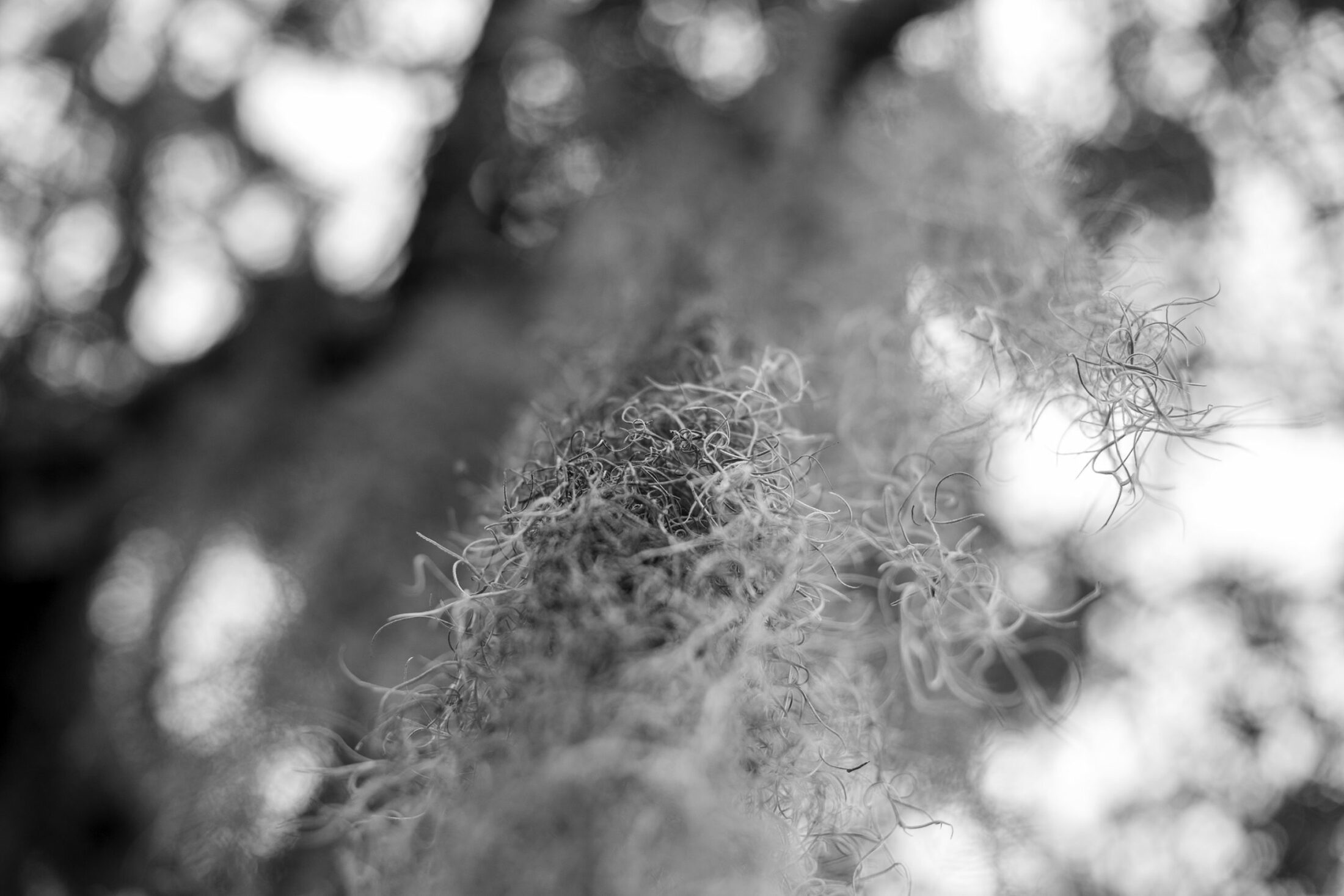
IV. A Cultural History
Early human cultures worshipped wind gods and cloud nymphs. There were spirits associated with dawn and dusk and rainbows, and deities responsible for thunder in the night. The presence of the sky, in other words, was obvious; almost every ancient culture included air among the four key elements, alongside fire and water and earth.
For the Greek philosopher Anaximenes, the swirling ever-thereness of air suggested its primacy: it is from air that all things are derived. The air inside us—our breath—is our soul, and it is connected with the surrounding breath that is the universe, forever threading in and out.
Nature, then, was less a thing than a process: a swirl of forces that produced the material world. Then came Christianity with its lone god. Gone were the various spirits of clouds and thunder; God’s singular supremacy meant that he must exist far beyond this world. So the idea of nature shifted: it became a kind of drapery—lovely, perhaps, but far from sacred—that our god had hung across the globe. A solid, tangible thing. This new thinking only drove humans further away from nature. After all, if we’re made in God’s image, then mustn’t we be better than nature too? Thus the Bible commands us to fill the earth and subdue it. Along the way, we began to remake the air.
Pollution is an old problem. Even ancient Romans complained about “heavy heavens”: the urban haze produced by all their cooking fires. By the 1200s, British monarchs were fleeing London’s smoke. Then came the Industrial Revolution, which marked a transition. Not a fourth atmosphere, quite, but a point at which our presence began to inextricably change the air. Picture Dickensian London, as described in the opening of Bleak House: “Smoke lowering down from chimney-pots, making a soft black drizzle, with flakes of soot in it as big as full-grown snow-flakes—gone into mourning, one might imagine, for the death of the sun.”
John Muir echoed this imagery a few decades later; in his treatise Our National Parks, he complained of “these hot, dim, strenuous times.” People, he said, were “choked with care like clocks full of dust, laboriously doing so much good.” The antidote, though, was not to clear the dust—literally or figuratively. Muir recommended abandoning the broken cities, forging into nature. Part of what Muir was selling was an idea of what made America great: it was so much more rugged and spectacular than those effete aristocracies in Europe. Most of the national parks that were built at Muir’s urging focused on caverns and peaks—places, ironically, that harbor little life at all. What they do offer is contact with what’s left of the idea of nature: the solid, material earth.

“It is a strange thing how little in general people know about the sky,” John Ruskin wrote in the mid-nineteenth century. He conceded that we would mention it every so often in casual conversation, using a few simple observations: “warm” or “wet” or “windy.” (Thoreau, in the same period, atop Katahdin: “rocks, trees, wind on our cheeks!”)
As I began to draft this essay, a friend asked if knowing the sky had made me think any differently. I could have told him that I had finally learned the source of those colors of sunrise I watched on the river: it is material. The sun, low on the horizon, must send its light through more air, past more molecules of oxygen and nitrogen, which sets the light waves scattering, producing different hues. This knowledge made the world more real.
But he was asking for lessons on apocalypse, really, and I told him our problems now seem smaller. There was far more carbon in the sky once. If we wait long enough, in fact, the sky will fix the problem. Indeed, after millions of years pass, the same slow process that sucks down the sky’s carbon will have pulled out too much. The carbon will return to the planet’s core; plants will choke without carbon dioxide. Once they’re gone, the oxygen, too, will sputter away. A whole new atmosphere is coming—deadly in all new ways.
I don’t mean to be defeatist; nor do I long for a world where humans are gone. These facts instead make me feel a greater urgency: we are lucky to have been born into this perfect sheath of oxygen, and it’ll only be here for a moment, geologically speaking. Surely we want to do whatever we can to make it stick around. Surely we need to see that we are a part of nature, breathing in air that literally becomes us, breathing out air that swirls and changes and connects it all.
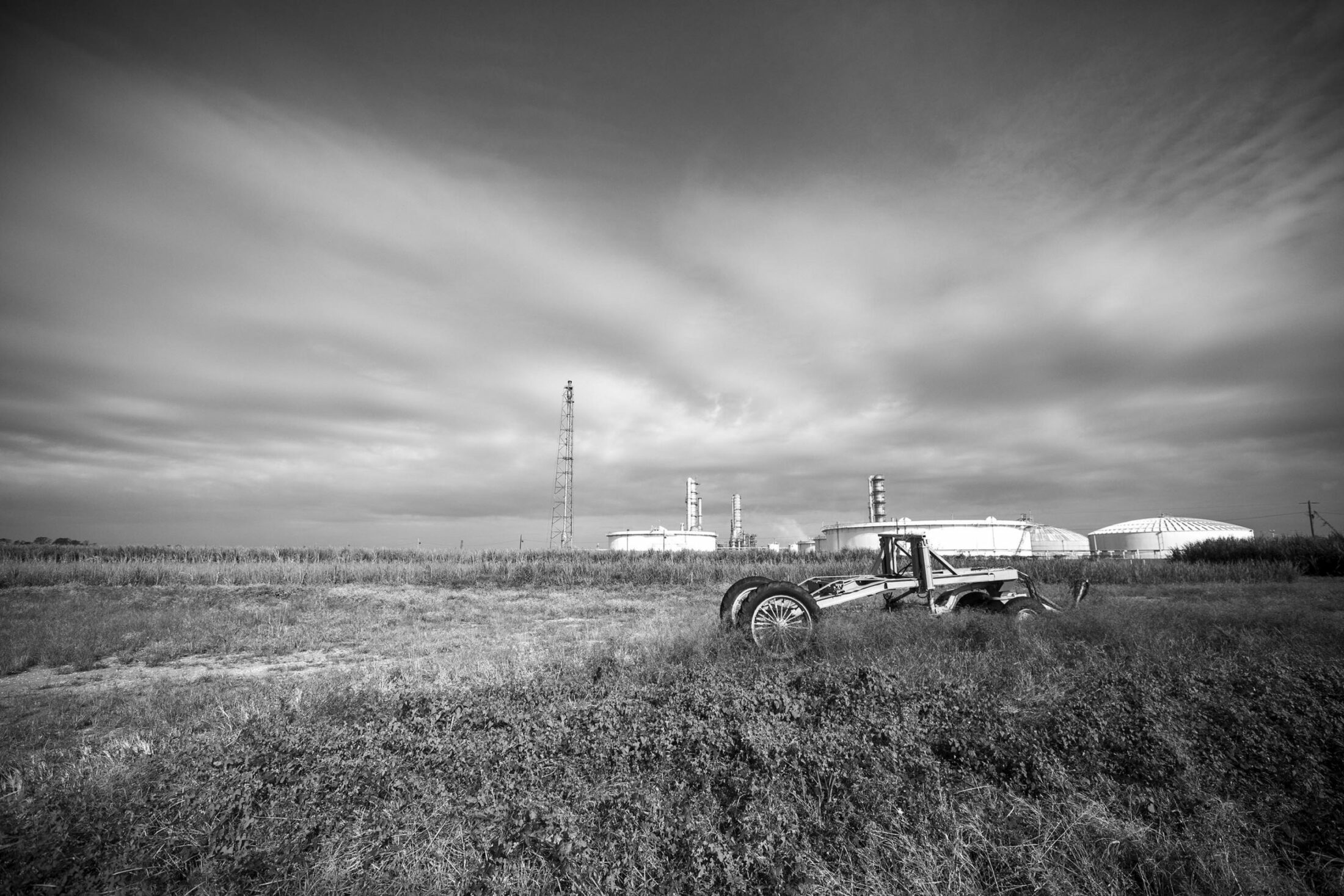
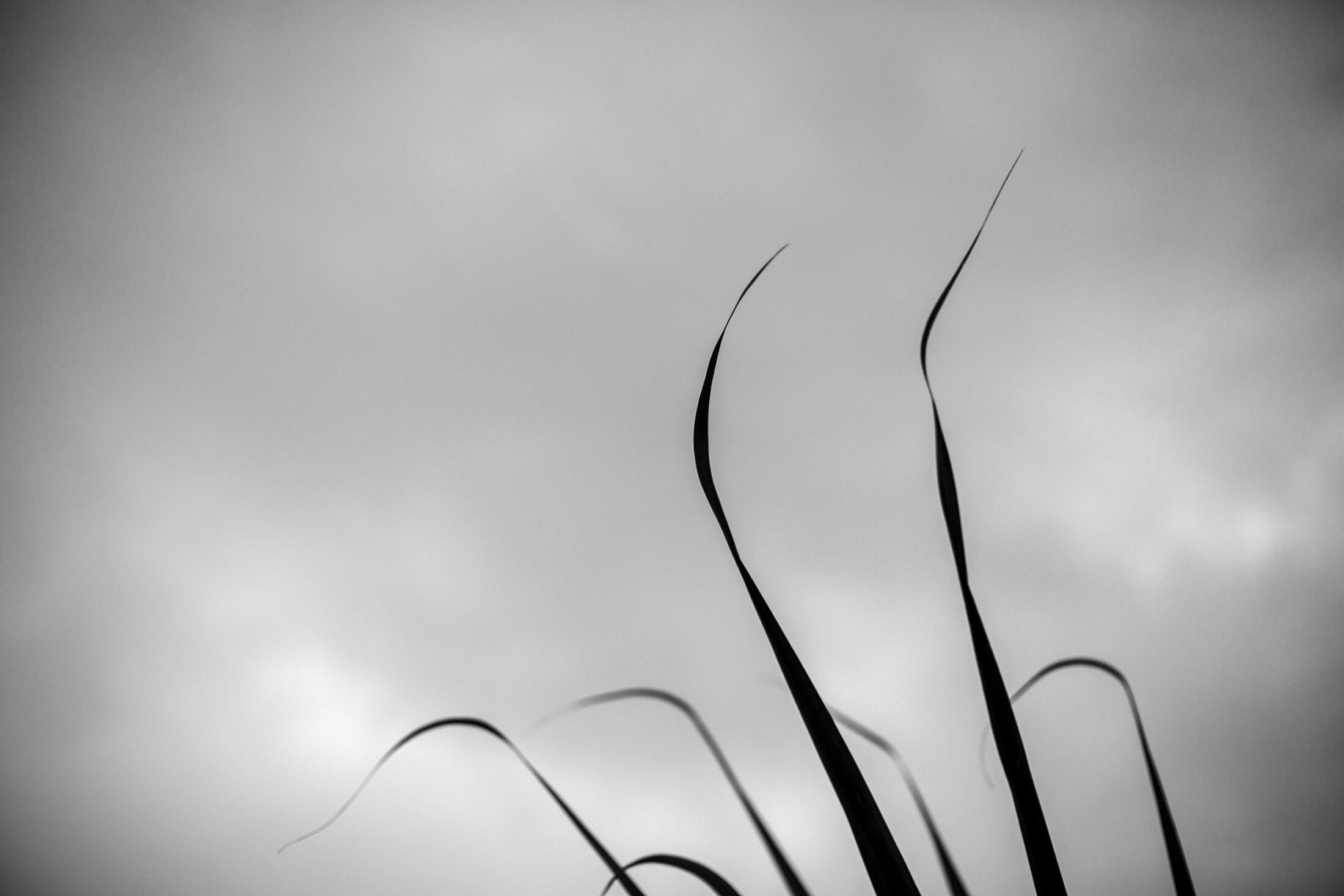
V. A Cultural History, Continued
Under Ruskin’s eye, even an empty blue sky yielded a spectacle. “It is not flat dead colour, but a deep, quivering, transparent body of penetrable air, in which you trace or imagine short falling spots of deceiving light, and dim shades, faint, veiled vestiges of dark vapour.” But most of us, when we regard the sky now, are looking through it: to the stars and at the sun.
If there is a true American aesthetic of air, it is not visual but musical: jazz. This music, as poet Nathaniel Mackey has noted, is a performance of breath. On a saxophone, breath “becomes tactical, tactile, textile, even textual, a haptic recension whose jagged disbursements augur duress,” he writes. Mackey offers the example of Sonny Rollins, how he switches through registers: sometimes hacking and asthmatic, sometimes smooth and relaxed. These shifts offer both an emphatic claim—here I am, breathing this air—and a mournful reminder that the air, for many people, has always been strained. I can’t breathe: a knee pressed too long into the back of a neck can become its own one-body apocalypse. (It seems worth mentioning that in 1998—as US senators were refusing to join the first binding United Nations treaty on climate change—Rollins put out an album called Global Warming. “It’s like we’re on the Titanic, but everybody’s just watching Titanic,” he told New York magazine that year.)
Ours is the only sky we know that holds any oxygen at all.
For Black Americans, breath has been choked not just by knees but by the simple fact of where people have been forced to live. One recent study found that Black Americans are exposed to more road dust and agricultural waste, along with every other kind of air pollutant measured, than their white peers. The NAACP and the nonprofit Clean Air Task Force compiled a report in 2017 that found that Black Americans are 75 percent more likely to live in so-called fence-line communities, built alongside industrial plants. One of the greatest concentrations of fence-line communities is in Louisiana along the Mississippi River, where hundreds of chemical refineries and oil and gas pipelines thread through majority-Black communities.
Sharon Lavigne lives on twenty acres in St. James Parish and calls the strip of factories that surround the area “Cancer Alley.” Her land has been in the family for generations. She grew up, she recently told me, amid gardens and animals—hogs, cows, chickens. There were butter beans and sweet potatoes, and the excess was sold downriver at the famous French Market in New Orleans. Her parents pulled fish and shrimp directly from the river.
Then, in the 1960s, one of the large tracts of land became a refinery. “Everybody thought it was wonderful because it brought jobs,” Lavigne said. “Then years went on. Another one came in. Another one came in.” Farms were sold. The sugar mill closed. “And I wondered why.”
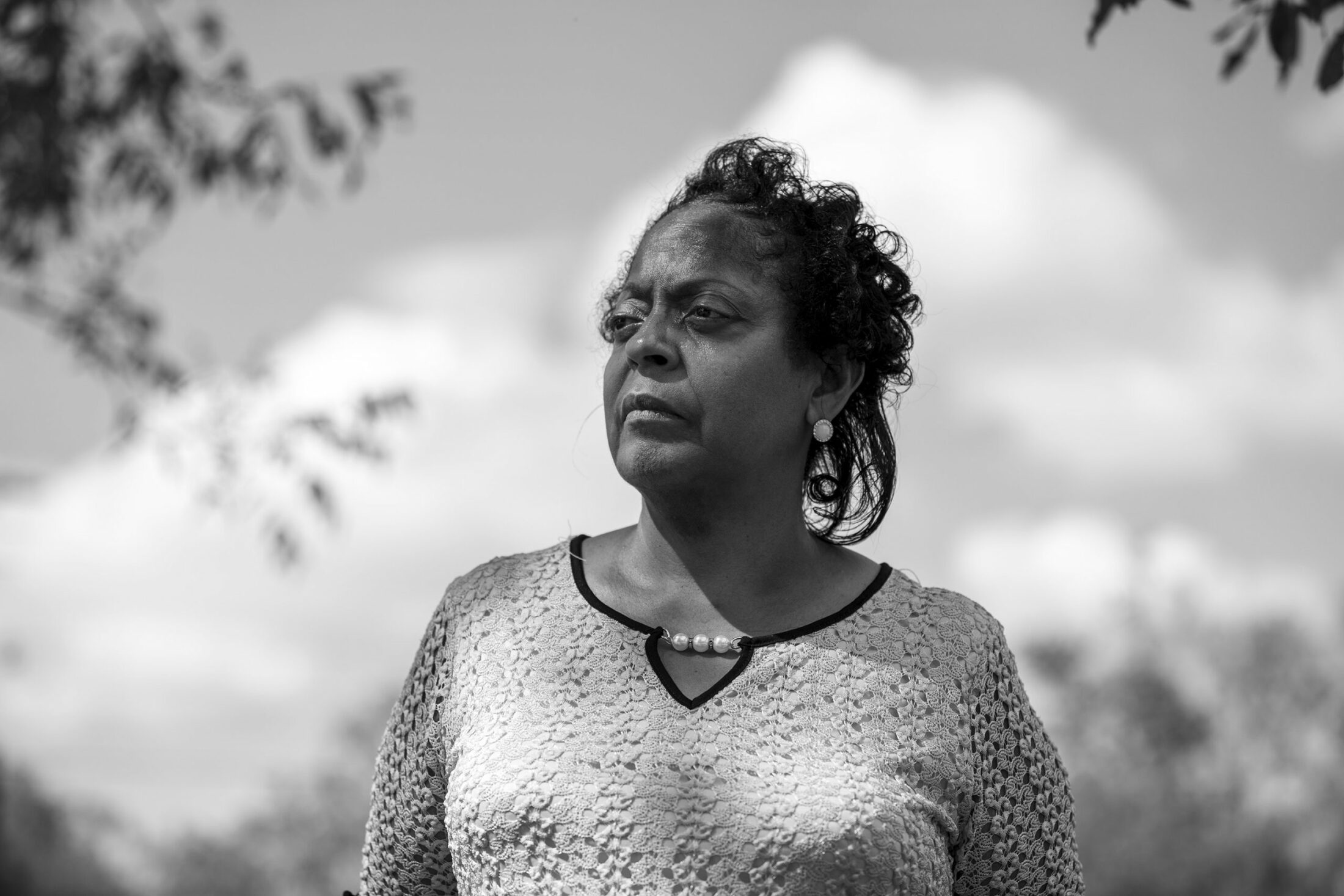
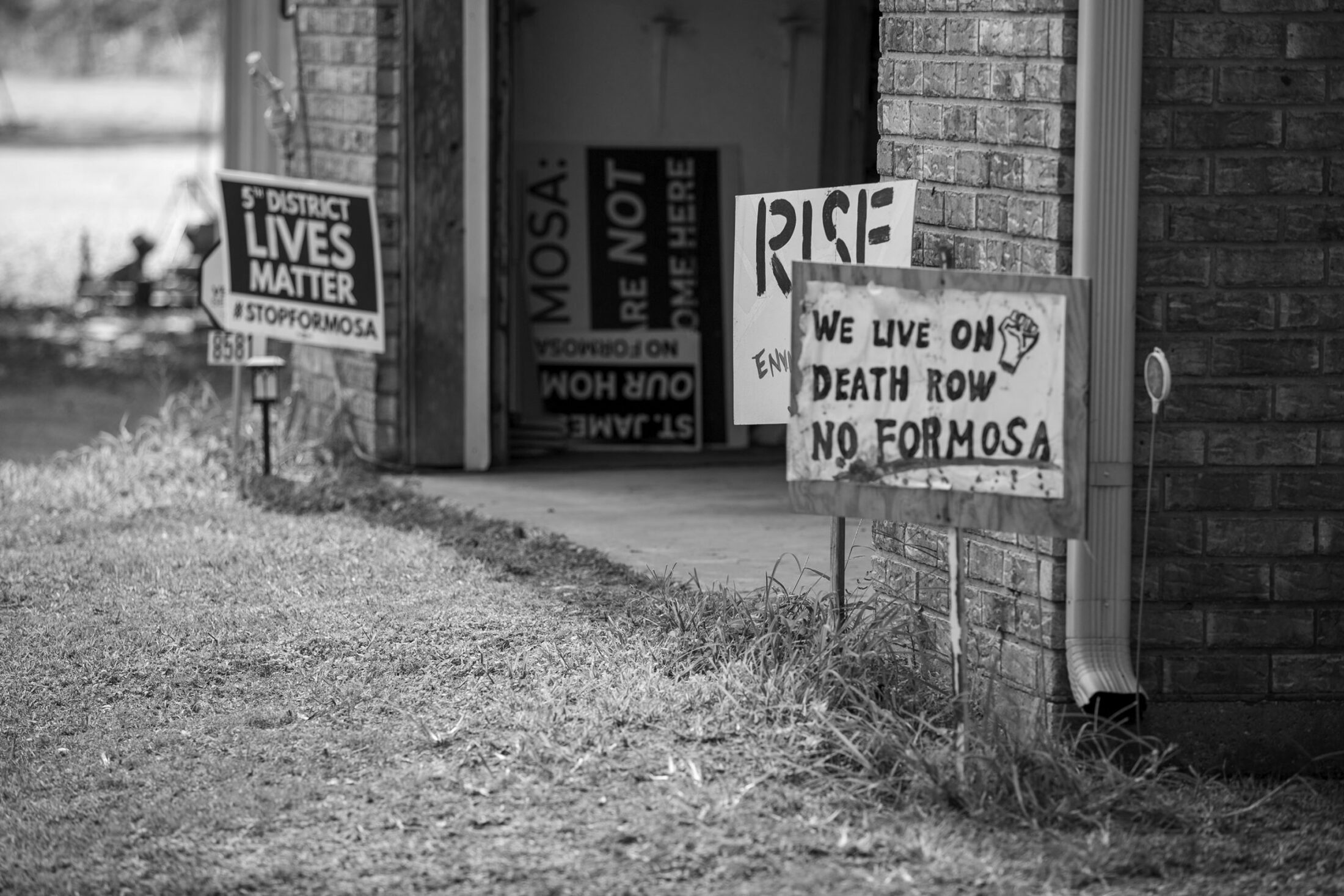
VI. A Local History
Farmer and Writer Wendell Berry has remarked on the South’s two very different relationships to land. Whites have always owned most of the land, but they refused to do the labor—which, Berry writes, meant that the white landowners lost “the possibility of meaningful contact with the earth.” When land could be reduced to just a material thing, bounded within lines, it took only a small leap to reach further abstraction: land as asset, something that could be sold for profit when the right buyer came along.
St. James Parish, like many places named and delineated by human beings, comprises an irregular polygon. Its most salient geography is the Mississippi River, which zigzags through its middle, generally flowing west to east, forming the raised backbone of an upside-down valley. The highest ground is just along the water. As you walk away from the river, the terrain slopes downward, though so slowly the change can be imperceptible. Then, after three miles or so, dry dirt gives way to backswamp—cypress forests threaded with bayous and soaked throughout much of the year.
The French who arrived at the dawn of the eighteenth century regarded this—like much of the continent—as intractable wasteland. In 1707 the explorer Jean-Baptiste Le Moyne, Sieur de Bienville, scoured the region but “did not find any [lands] that are not flooded in spring,” as he declared. “I do not see how settlers can be placed on this river.” It would be more than a century before white American culture embraced wild nature.

Despite the flooding, the French did settle here, arriving in what would become St. James Parish sixty years later. Immigrant families worked small herds of cattle along the high ground; later, as the land became an American possession, it was increasingly planted in sugarcane. The fields were worked by enslaved laborers whose ancestors had been seized from Africa. After the Civil War, once slavery was finally forbidden, a few Black families managed to acquire small tracts of land, squeezed between the big plantations. In the 1960s, with clean-water legislation looming, industrial corporations saw sudden value in St. James Parish: here, alongside a mighty river, there would be enough water to dilute their toxic stew.
In 2014 the St. James Parish Council quietly reclassified its Fifth District—a largely rural stretch of land where the population is 90 percent Black and the poverty rate is three times the national average—as a “residential / future industrial” community. There are five oil pipelines that run through the district. In 2017 a company called Americas Styrenics emitted twenty-five thousand pounds of benzene, a carcinogen, into the air. A nearby fertilizer plant spewed hundreds of thousands of pounds of methanol, which causes blindness and seizures, and even more ammonia, which can burn the throat and skin.
Black Americans aren’t frequent participants in the “lone enraptured” wilderness tradition. Take visitation to national parks as a proxy: in 2016, only 7 percent of visitors were Black. But polls show they are far more concerned than their white peers about global warming. Perhaps they know too well that nature is not just rocks and trees—not just the backdrop of a backpacker’s escape.
There is a swirling world around us, and a swirling world within us, and nature’s greatest miracle is the invisible air that links the two, sustaining both.
What could be wilder than that? What could deserve more care?
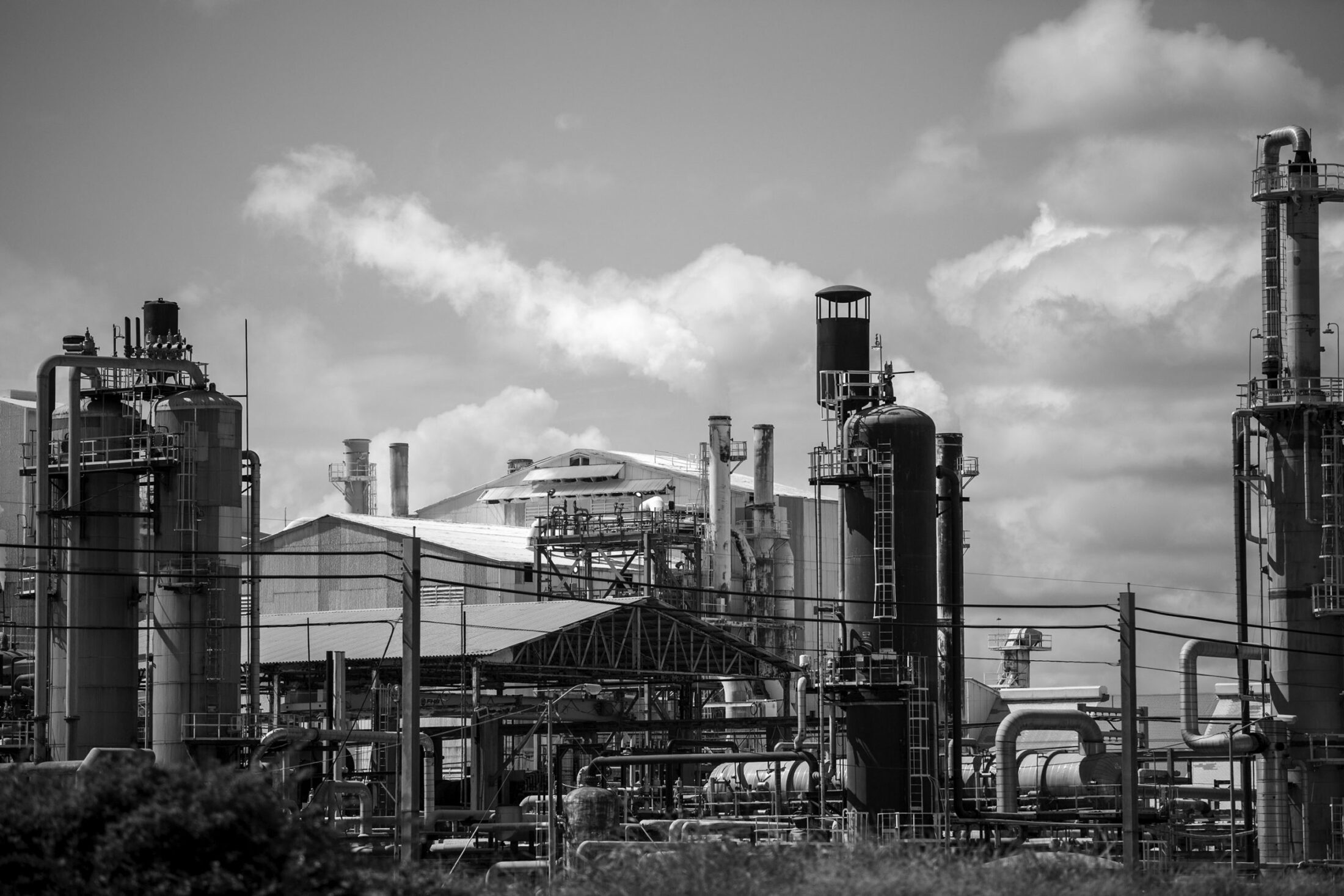
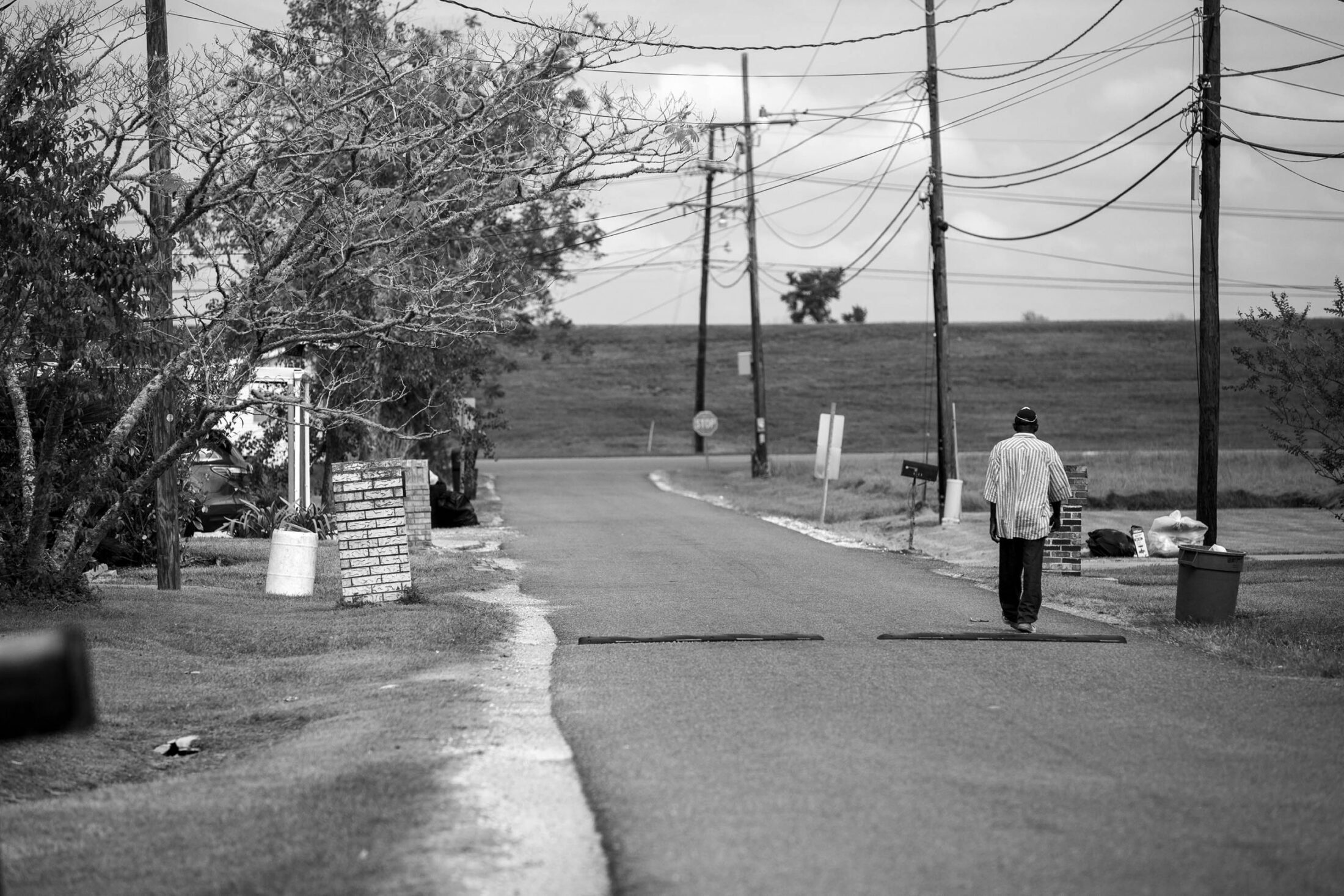
A few years ago, a local nonprofit offered to help St. James residents organize to push for a buyout. They hoped that residents could escape pollution and, through payments from their industrial neighbors, afford somewhere else to live. When Sharon Lavigne heard this plan, she sat on her porch and prayed. Red-winged black birds flitted between her pecan trees: a symbol of change, she thought.
“Dear Lord, do you want me to sell my home, the home that you gave me?” she said. The reply came: No.
“Do you want me to sell the land, the land that you gave me?” No.
“Then I started crying,” Lavigne told me. “I said, ‘What do you want me to do?’ And he said, ‘Fight.’”
In October 2018, Lavigne hosted five other residents in her den, launching a group she called RISE St. James. The next year, the group sued the parish over a secret meeting it had held with a Chinese chemical company, which was planning to build a chemical plant that would release six hundred thousand pounds of toxic emissions each year. A few months later, citing ballooning capital costs, the company withdrew its application to build.
Now Lavigne is focused on Formosa Plastics, an international conglomerate that intends to build a sprawling campus of fourteen separate chemical production plants two miles up the road from her house. If completed, it will be one of the world’s largest plastics-production facilities and will double the local rate of toxic emissions. It will also encircle at least two former burial grounds, which likely hold the bodies of enslaved plantation workers.
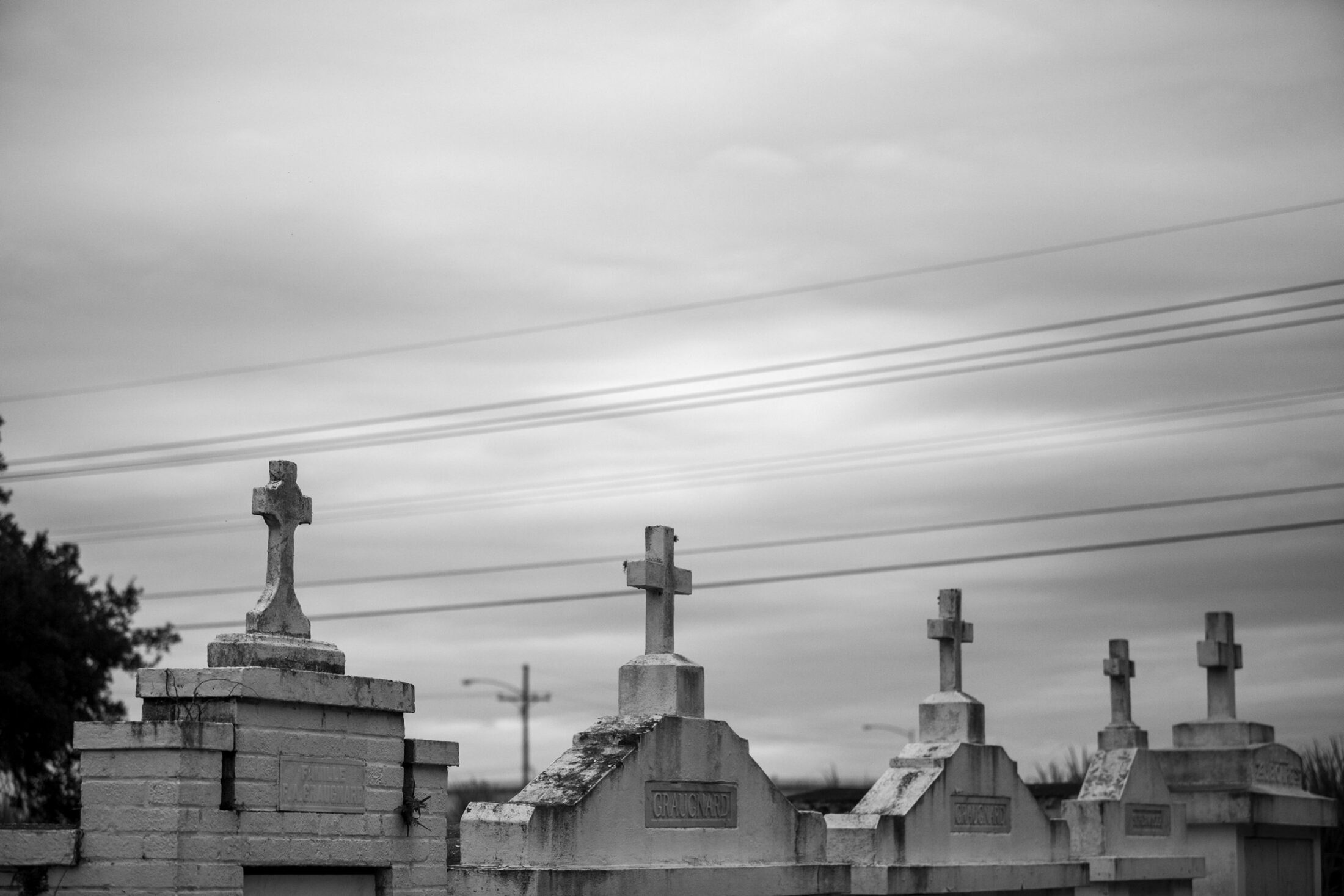
VII. A Ceremony
On June 19—Juneteenth—RISE St. James planned a ceremony to lay flowers atop the graves inside one of these burial grounds. Formosa’s local subsidiary had opposed the gathering, claiming that the land was an active construction site. The day before—amid a wave of protests against racial injustice across the country—a judge ruled in RISE St. James’s favor: “People are hurting,” he said. “This would be a good time to heal.” They were allowed to proceed.
That morning, I donned my mask and drove to St. James Parish to join the ceremony. After reading the statistics of Cancer Alley, I was surprised by the beauty, the way barbed-wire fence lines gave way to sudden open meadows or groves of live oaks, with piebald cows foraging beneath the shade and Spanish moss. The burial ground sat far back amid former farmland that had been left fallow: a raw expanse of dirt, dotted with tufted towers of horseweed. A chain link fence surrounded the site on three sides. This, as much as anywhere, was nature. Herds of cumulus clouds passed low in the sky, though they never seemed to block the sun’s relentless heat.
The ceremony was an honoring, but also a protest against Formosa. “We will not allow them to take our ancestors out of this ground,” Lavigne declared as the program began. After she spoke, a Catholic priest dashed holy water upon the graves.
I had presumed that the ceremony would focus on the sky and all its pollution. Instead, throughout the ceremony, the focus was on this dirt. A series of pastors, as they offered sermon and scripture, kept returning to material images: the blood and sweat and tears that fell from enslaved bodies, marking this earth; the ashes and dust from which their bodies had been assembled, and to which they had now returned.
Later, when I interviewed Lavigne, I mentioned how this common prayer leaves out a second ingredient. After God scooped up the dust to form Adam, he still needed to provide the breath of life. “I never thought of it like that,” she said. “That’s true, though: keep it clean because it is the air that God made, the air that we breathe.”
The court order had granted Lavigne just sixty minutes at the burial ground. Toward the end of that hour, one of the pastors asked us all to close our eyes. He wanted us to offer gratitude to God by saying “Thank you” whenever we felt the spirit flow through us. “There’s a movement right now,” he said. “You can’t feel it, but God is shaking the earth.”
Indeed, a few weeks later, the plants’ prospects began to shift. Formosa agreed to postpone any further construction for at least seven months, giving the courts time to review a suit filed by RISE St. James. Lavigne’s group alleged that the federal government had failed to sufficiently study the plants’ impact on the air. Then, in November, the US Army Corps of Engineers temporarily suspended Formosa’s construction permit; in response to a second lawsuit, the agency admitted the facility’s impact on wetlands required further review.
In that moment, standing before the graves, we couldn’t know what was to come. But the pastor was wrong: we could feel a movement. The clouds slipped onward across the sky, briefly blocking the rays of the sun, and a gentle wind rippled through the lowermost layer of air. “Ooh, that breeze,” a woman next to me murmured. Then, from the crowd around us, emerged the two-tone chorus: Thank you. Thank you. Thank you. Thank you. Thank you.
